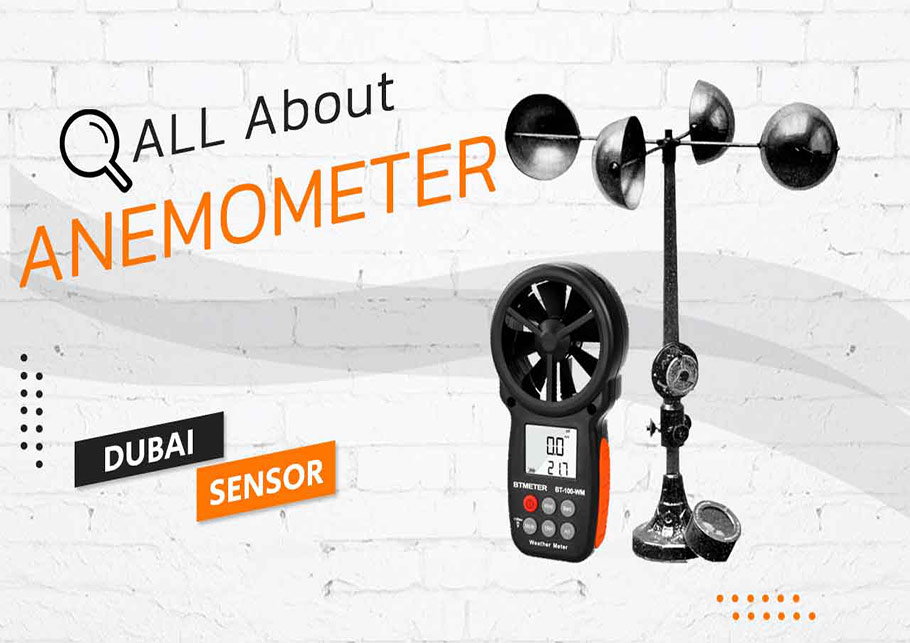Anemometers Revealed: Recognizing Their Value in Ecological Monitoring and Precaution
The function of anemometers in ecological tracking and precaution is frequently ignored, yet their importance is obvious. These instruments have a lengthy background rooted in clinical query and technological innovations, advancing to end up being vital tools in different areas. From meteorology to aviation safety and security, anemometers play a critical duty in offering exact information that informs decision-making processes and boosts overall safety and security. Recognizing the ins and outs of anemometers unveils a globe of essential insights that are basic to our understanding of the atmosphere and the procedures we require to make sure security.
History of Anemometers
The advancement of anemometers can be traced back to the old civilizations where simple wind measuring gadgets were initial made use of. One of the earliest known anemometers was the hemispherical cup anemometer designed by Leon Battista Alberti in the 15th century.
Over the years, developments in innovation led to the development of even more modern-day anemometers, consisting of ultrasonic anemometers and laser Doppler anemometers, offering boosted accuracy and effectiveness in determining wind speed and instructions. The background of anemometers showcases an exceptional journey of innovation and progress in the field of weather forecasting.
Kinds of Anemometers
Throughout the area of weather forecasting, various kinds of anemometers have been developed to accurately gauge wind rate and instructions. One of the most typical type is the mug anemometer, which contains three or 4 cups mounted on straight arms that turn with the wind. As the cups spin, the rate at which they turn is directly proportional to the wind rate. An additional commonly used kind is the vane anemometer, which includes a tail or fin that straightens itself with the wind direction. This alignment permits the device to identify the wind direction. Sonic anemometers make use of ultrasonic signals to determine wind speed and instructions accurately. They are commonly used in research study applications due to their high accuracy. Hot-wire anemometers operate based on the principle that the cooling effect of wind on a warmed cord is proportional to the wind speed. These anemometers are ideal for measuring reduced wind speeds with high precision. Each sort of anemometer has its staminas and is chosen based on the specific demands of the tracking task at hand.
Applications in Meteorology
Having gone over the different types of anemometers used in meteorology for determining wind rate and instructions, it is necessary to discover their sensible applications in the field. Anemometers play a vital function in meteorology by offering precise and real-time data on wind conditions (anemometer). Meteorologists utilize anemometers to keep an eye on wind rate and instructions to forecast climate patterns, concern cautions for extreme climate events like storms, tornadoes, and hurricanes, and assess weather for aeronautics safety
In weather forecasting, anemometers help in understanding local and regional wind patterns, which are crucial for anticipating weather changes and determining weather trends. These tools are additionally used in research study to examine microclimates, urban warmth islands, and air contamination dispersion. Additionally, anemometers are used in farming to enhance crop monitoring methods, such as irrigation and chemical application, based upon wind conditions.
Importance in Aeronautics Security
An essential facet of ensuring air travel safety depends on the precise surveillance of wind conditions utilizing anemometers. Anemometers play a critical function in aviation by offering real-time data on wind speed and instructions, aiding pilots in making educated decisions during liftoff, landing, and trip. Solid and unforeseeable winds can dramatically impact airplane operations, making it important for aeronautics authorities to count on precise wind dimensions to make sure the safety of travelers and staff.

In the dynamic setting of air travel, where also small modifications in wind rate and direction can have extensive results, anemometers stand as crucial devices for promoting safe Continue and secure flight.
Function in Environmental Research
Anemometers play a critical duty in ecological research by providing necessary data on wind rate and direction. By properly determining wind attributes, anemometers assist scientists evaluate the activity of contaminants in the air, examine the effect of commercial discharges, and predict the spread of pollutants in the environment.


Conclusion
In final thought, anemometers have actually played an essential duty in environmental tracking and safety procedures. With a rich history and different kinds available, these devices have been widely utilized in meteorology, air travel safety, and environmental study. Recognizing the value of anemometers is crucial for precisely measuring wind speed and direction, which is vital for forecasting climate patterns, guaranteeing risk-free aeronautics operations, and conducting Full Article environmental research studies - anemometer. Their payments to these areas can not be ignored.
One of the earliest well-known anemometers was the hemispherical cup anemometer developed by Leon Battista Alberti in the 15th century. Over the years, advancements in innovation led to the development of more contemporary anemometers, including ultrasonic anemometers and laser Doppler anemometers, using enhanced precision and performance in determining wind rate and direction. Hot-wire anemometers run based on the principle that the cooling impact of wind on a warmed wire is proportional to the wind rate. Meteorologists use anemometers to keep an eye on wind rate and direction to forecast weather patterns, concern warnings for serious weather condition occasions like tornadoes, tornados, and storms, and evaluate climatic problems for air travel safety and security.
Understanding the importance of anemometers is crucial for accurately measuring wind speed and direction, which is crucial for forecasting weather condition patterns, ensuring risk-free air travel operations, and carrying out ecological research studies. (anemometer)
Comments on “Anemometer Innovations: The Latest Innovation for Wind Rate Measurement”